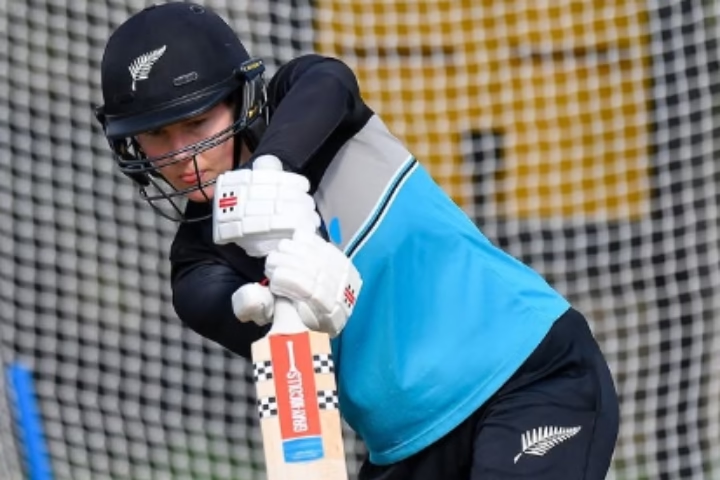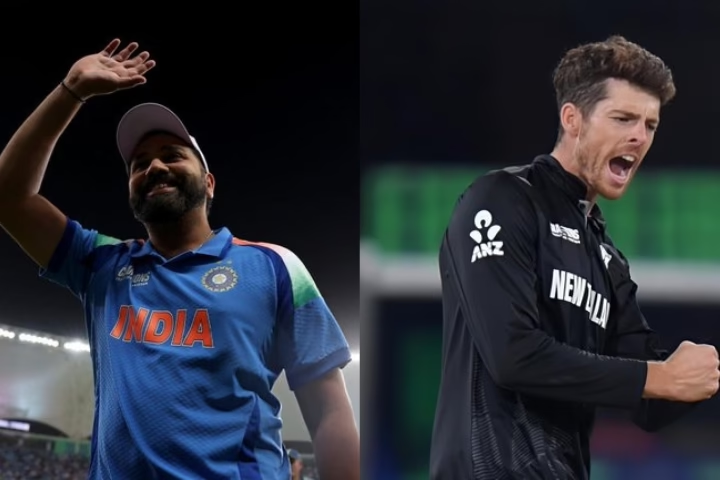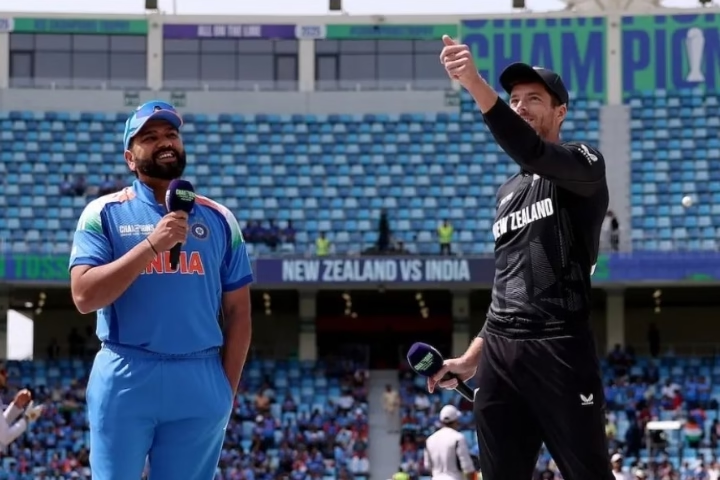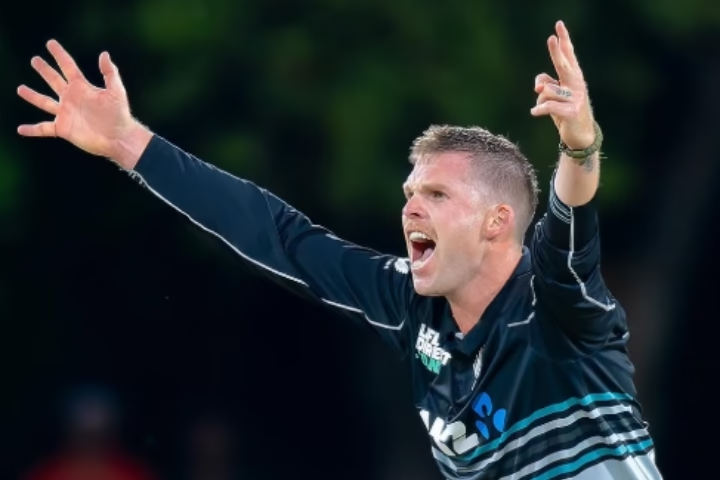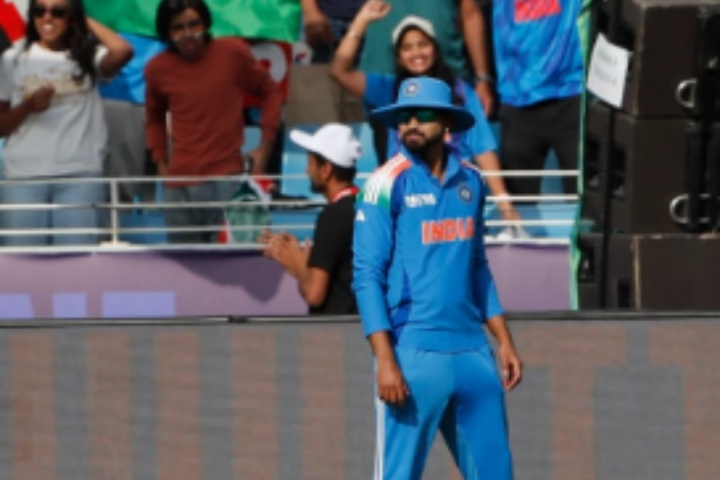Understanding Player Trades in IPL: Rules, One-Way and Two-Way Trades, and More
By Aayush Pathak November 28, 2023
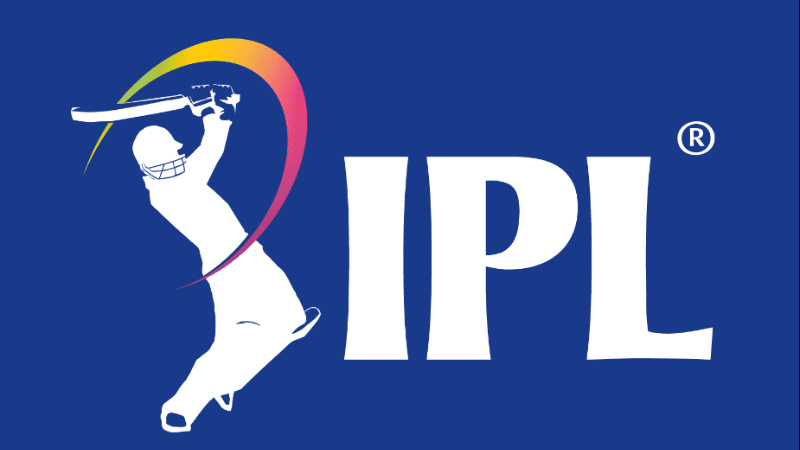
Player trades have become a significant aspect of the Indian Premier League (IPL), allowing franchises to strategize and strengthen their squads. Let’s unravel the complexities of player trades, from the rules governing the process to the types of trades and their impact.
Trading Window Dynamics
The IPL player-trading window opens a month after the conclusion of a season, remaining active until a week before the auction date. The trading window then reopens after the auction and continues until a month before the start of the next season. Currently, the trading window is open until December 12, with the auction slated for December 19. It will reopen on December 20, extending up to a month before the commencement of the 2024 season.
Types of Player Trades: One-Way and Two-Way
1. One-Way Trades: In this scenario, a player moves from Team A to Team B in an all-cash deal. Team B compensates Team A with an amount equivalent to the player’s auction price. Notable instances include Kolkata Knight Riders‘ acquisition of Lockie Ferguson and Rahmanullah Gurbaz in a cash deal.
2. Two-Way Trades: This involves a player swap between franchises, with one team compensating the other for the difference in the players’ auction prices. Two-way trades add an intriguing dynamic to team compositions.
Player Consent and Initiating Trades
Player consent is crucial in any trade. Players have the right to approve or disapprove of a move, ensuring their active involvement in the decision-making process. A recent example is Hardik Pandya’s return to the Mumbai Indians, where the player expressed a desire to move, leading to discussions with the Gujarat Titans.
Transfer Fees: Unveiling the Financial Aspect
A transfer fee is an additional amount paid by one franchise to another during a trade, separate from the player’s auction price. This fee is mutually agreed upon and undisclosed, known only to the IPL and the involved franchises. While there is no limit to the transfer fee, it does not affect the auction purse, providing teams with flexibility in player acquisitions.
The ability to trade players and the inclusion of transfer fees add a layer of complexity to team dynamics. Franchises can potentially gain advantages by offering high transfer fees, but the final decision rests with the team holding the player’s contract.
Stay updated with all the cricketing action, follow Cricadium on Facebook, Twitter, and Instagram
You might also like
Recommended to you

